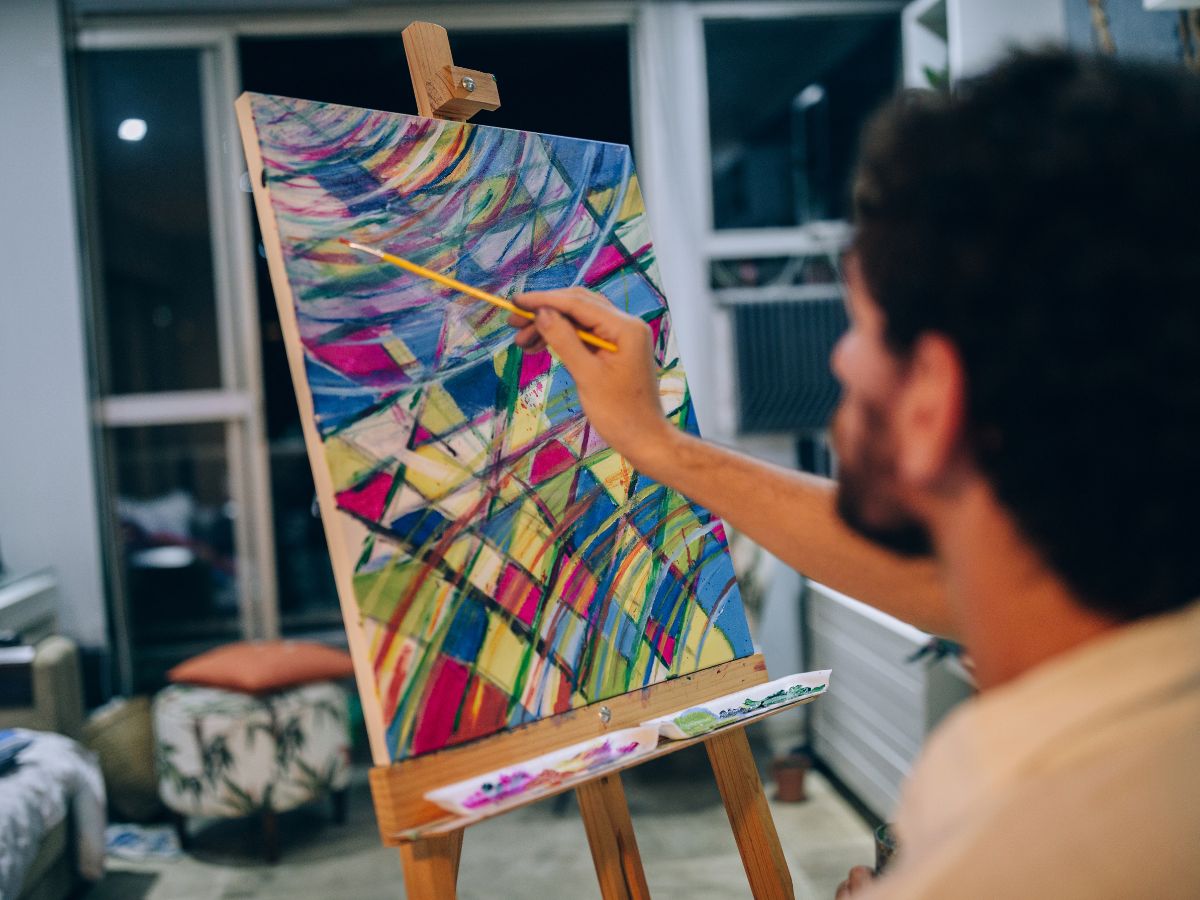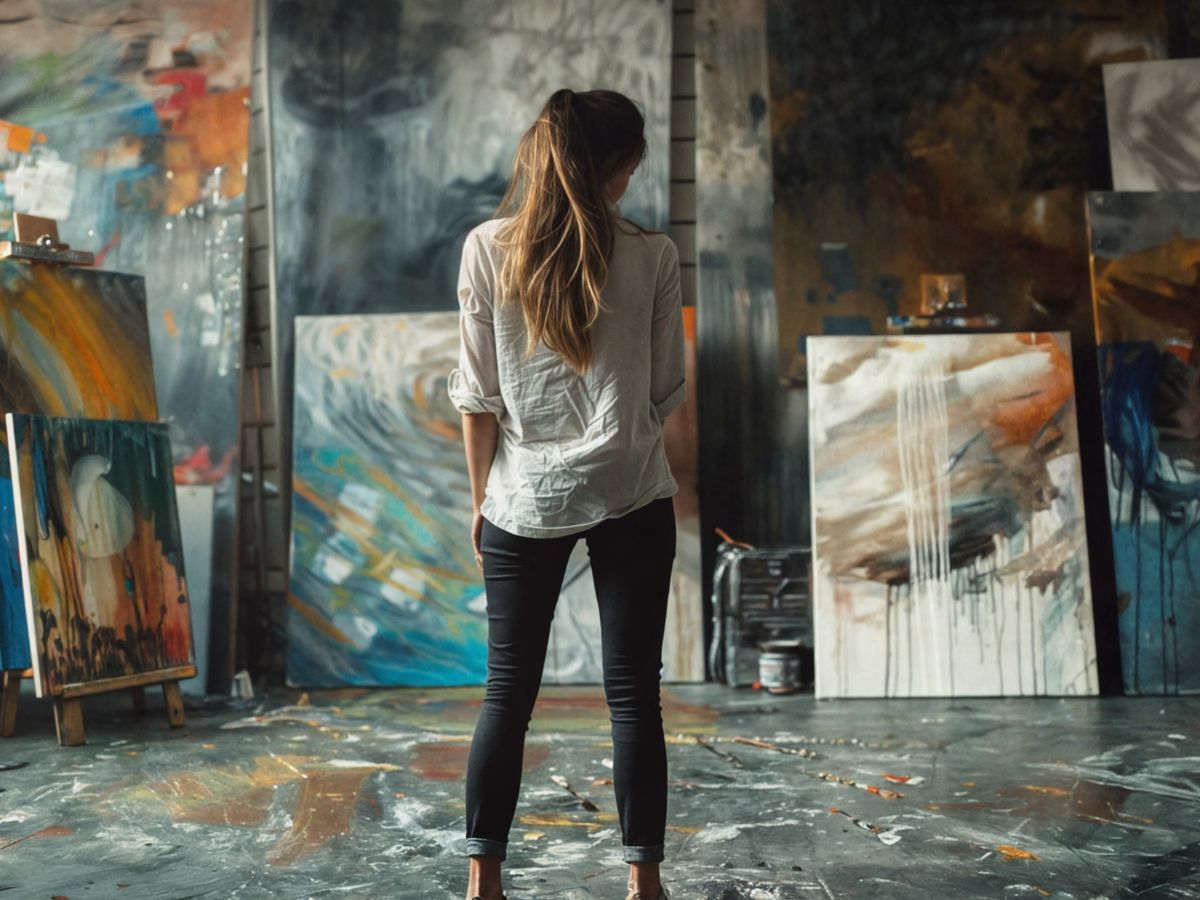
Layering Like a Pro: Techniques for Creating Captivating Artwork
When you’re sitting with a fresh canvas (or panel) and an idea starting to form, one of the biggest opportunities and one of the most under-used is layering. Many beginners try to do everything in one go. But taking your time, building your piece in layers, can improve your work in ways that feel effortless once you get the hang of it.
Why layering matters
Working in layers gives you space. Space to:
- Adjust value and tone before committing.
- Build texture and subtle detail underneath your main forms.
- Let underlying colors peek through above layers, giving richness and depth. As Nancy Reyner puts it, layering “makes it easier to add surface texture, subtle color shifts and a tangible depth.”
- Mix media, collage, glazes, drawing marks so your final piece isn’t flat or static.
Key techniques to make layering work
Here are practical moves you can adopt whether you’re just getting started or refining your practice.
1. Start with a defined base layer.
Think broad washes, background tones, general value areas. This gives you a map of where light, dark, and mid-tones sit. It stops you from scrambling later when everything looks flat.
2. Let under-layers show through.
Rather than painting every section thickly and opaquely, allow some transparent or translucent layers so earlier colors or textures peek out. This layering transparency builds richness.
3. Use varied materials to layer.
Introduce collage, texture paste, stencils, inks, mark-making, found objects. In mixed low-to-hi layering you’ll see the work evolve. For example, a recent resource lists “mixed media layering” as key for mixed media works not only paint but also paper, inks, and collage.
4. Respect drying and adhesion rules.
In oils you must heed “lean first, fat later” if you’re layering mediums. In acrylics you have more freedom but compatibility across materials still matters.
5. Introduce texture and detail in later layers.
Once your major mass and color relationships are set, you can zoom in: use impasto, fine marks, scratches, drips, collage bits. These details work best after the structure is set, and they benefit from the groundwork you’ve laid.
Common pitfalls and how to avoid them
- Too much too soon: Jumping straight into high detail before value and composition are solid can leave you with a muddled piece.
- Opaque layers that kill previous work: If you cover everything in thick paint, you lose the layered history of your work.
- Material mismatch: Using things that won’t adhere, cracking because you layered incompatible mediums, or rushing drying times.
- Neglecting the underpinning: Without a strong base, subsequent layers can feel tacked on rather than integrated.
Thinking in layers transforms your process. It gives you room to experiment, refine, and surprise yourself. Your deep colors, hints of under-texture, subtle transitions all come from the layers you built before the final surface. So next time you pick up your brush, don’t rush to finish. Build slowly. Layer carefully. Let the piece breathe and reveal its depth over time.
